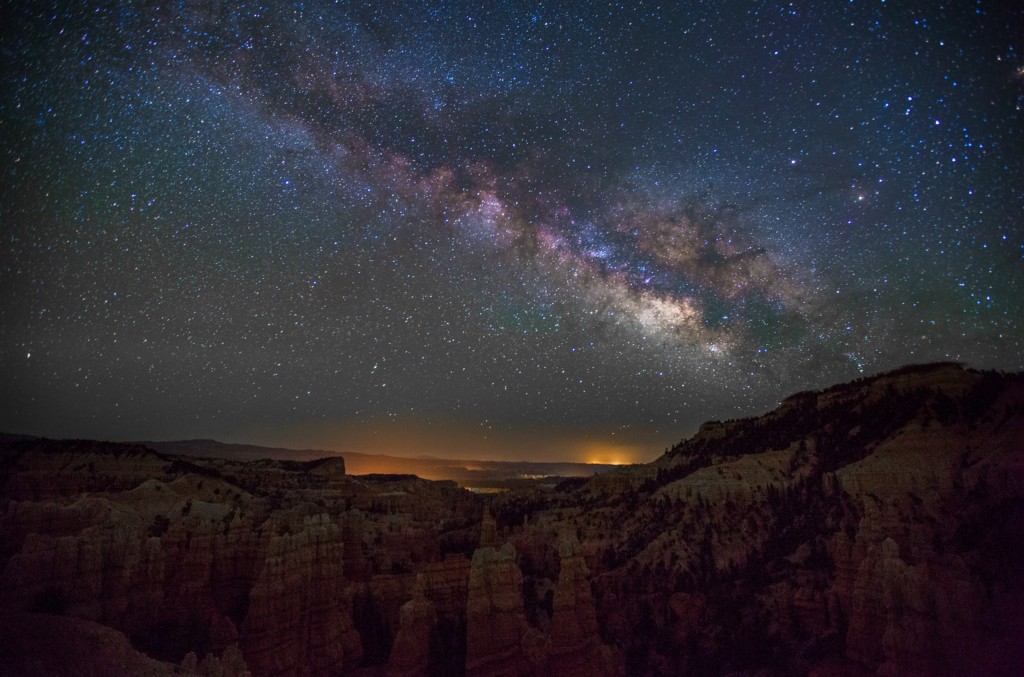This Real-Life Alien Hunter Started Our Search For Extra Terrestrials

She even inspired Jodie Foster’s character in ‘Contact.’
Our Unsung Heroes series brings history’s unknown badasses out of the footnotes and into the spotlight.
Jill Tarter wouldn’t describe herself as an alien hunter anymore. She says she’s more like a “cheerleader” for the Search for Extra-Terrestrial Intelligence Institute (SETI).
Regardless of what she calls herself now, Tarter’s career in the field of “radio astronomy” is a testament to how far willpower and work ethic get you. Radio astronomy involves listening for the sounds objects in space make. The idea is, if an advanced alien civilization existed — it’d be making a lot of noise.
Tarter’s climb to hold the Bernard M. Oliver Chair for SETI Research started like you might assume it would for a woman in the mid-20th century — mired in sexism.
According to an interview she did with NPR’s Guy Raz, her interest in outer space began when she was eight years old. Her aunt and uncle lived in the Florida Keys, which didn’t have much light pollution back then. As a girl, Tarter reasoned that the countless stars that dotted the sky were far too numerous NOT to support some kind of life.

Despite earning a spot at Cornell University in 1965, Tarter was immediately put at a disadvantage. She was forced to live in the female dorm far from her engineering classes, and a policy to lock the dorms at 10:00 p.m. meant she couldn’t study with her male classmates. She was the only woman to graduate out of an engineering class of 300 students, and graduate school didn’t show her much mercy. One administrator at UC Berkeley pointed out she was fortunate that “all the smart men” were fighting in Vietnam.
Of course, someone like Tarter refused to let petty sexism drag her down. While at UC Berkeley, Tarter found herself drawn to a small research group. The lead scientist needed someone to program an old computer, and Tarter was the right person for the job.
According to Broadly, she left the organization after programming the computer, but she just couldn’t stop wondering if we were alone in the universe.
Through hard work and perseverance, Tarter built a career many scientists can only dream of. She later continued her work with the SETI Institute, where the team focused on radio frequencies given off by celestial bodies. Her research eventually went on to inspire a science-fiction book by Carl Sagan called “Contact.” You’re probably more familiar with the movie adaptation starring Jodie Foster, who called Tarter multiple times to ensure she was portraying the character of Ellie Arroway correctly.
Although the SETI Institute originally worked with NASA, the US space program cut ties with the organization in 1993. This did nothing to dampen Tarter’s curiosity, and she was instrumental in the SETI Institute’s continued function in the years after NASA.
Since her early years, the search for extraterrestrial life has changed enormously. The SETI Institute began to scan the sky for electromagnetic signals from aliens — sometimes called “technosignatures” — with the help of 42 radio dishes in 2007. This set up has allowed them to cover much more sky than they ever could before.
Despite receiving a less-than-welcome reception from the scientific community when she first started, Tarter has gone on to become a highly decorated researcher. She’s won the Lifetime Achievement Award from Women in Aerospace, two NASA Public Service Medals and was even a TED prize winner in 2009.
Tarter retired from a researching in 2016 at the age of 68, but she certainly doesn’t plan on spending her golden years in front of the TV. She’s decided to instead focus on bringing funding into the SETI Institute and others like it, as money for extraterrestrial research is often scarce.
Tarter’s work is certainly revolutionary for the field she works in, but she’s also been a clear role model for women trying to push their way into the sciences. The Atlantic has even gone so far as to name her a “Feminist Cosmic Icon.”
Jill Tarter’s research cuts the heart of what it means to be human. We explore the environment we’re placed in — not because it will garner results, but because it’s what we do. She may not have found proof of extraterrestrial life, but she certainly hasn’t stopped pushing to find it.
Neither should we.
